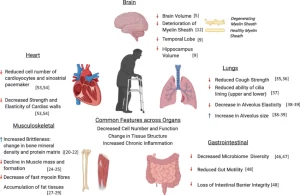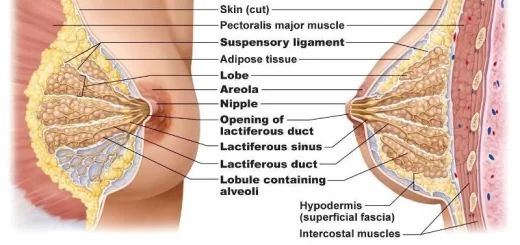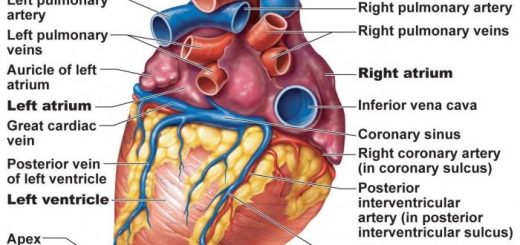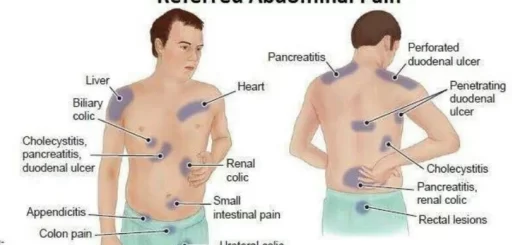What are the effects of aging on the body systems? and characteristics of Geriatric patients
The aging population has become a global concern. The elderly are expected to make up close to 20% of the total population by the year 2030. When the organs are affected only by age, this is called senescence, When in addition some of the organs are affected by diseases that are precipitated by being old, this is called senility.
Who are the elderly?
- The elderly include individuals 65 years of age and older.
- Aging begins the day we are born.
- Aging is highly individualized.
- There is great variation among individuals with age.
- Aging proceeds at different rates in different people and within different systems of the body.
characteristics of Geriatric patient
- When considering the approach to geriatric patients, it is important to remember that the changes in patient characteristics with age result in atypical presentation or altered response to disease.
- In general, there is a decline in the function of many organs more or less reaching the low normal values. Old people have limited physiologic reserves. When exposed to acute stress, there will be rapid deterioration of function.
Characteristics of Aging
- Aging is the progressive decline and deterioration of functional properties at the cellular, tissue, and organ level that leads to a loss of homeostasis, decreased ability to adapt to internal or external stimuli, and increased vulnerability to disease and mortality
- It is not a disease.
- Does not cause symptoms.
- Occurs at different rates among individuals.
- Within individuals – organs age at different rates.
- Increases susceptibility & vulnerability to disease.
- Mortality increases exponentially.
Disease presentation in the elderly
Typical versus Atypical presentation of illness in the elderly:
- Typical presentations: the usual signs and symptoms of illness or disease
- Atypical presentations: Patients with no signs and symptoms or unusual signs and symptoms/ unrelated or even the opposite of what is usually expected.
Less than 50% of older adults present with classic symptoms possibly due to four general causes:
- Age-related physiologic changes.
- Age-related loss of physiologic reserve.
- Under-reporting of symptoms.
- Interactions of chronic conditions with acute illnesses.
Infection
- Typical presentations: Fever, leukocytosis, tachycardia
- Atypical presentations: Fewer symptoms and nonspecific consequences of infection that on the surface appear unrelated. Classical manifestation may be absent or blunted in 20-30%. 60-70% of all deaths due to sepsis occur in the elderly partially due to delay in diagnosis. 20%-45% of elderly with bacteremia have normal WBC’s.
Pneumonia
- Typical presentations: Cough, Shortness of breath (SOB), Production of sputum.
- Atypical presentations: Insidious onset, Minimal cough, no sputum, no fever, New cardiac arrhythmia or ischemia, Fatigue, confusion, Nausea/ vomiting/diarrhea.
Urinary Tract Infection
- Typical presentations: Dysuria, frequency, hematuria.
- Atypical presentations: Malaise/ Weakness, Anorexia, Mental status change, confusion, and Incontinence.
Depression
- Typical presentations: Sad mood, increased sleep time, fluctuations in weight.
- Atypical presentations: Less mood symptoms, More irritability, More somatic symptoms: pain, weight loss, insomnia, Social isolation, Self-neglectful behaviors, Confusion, apathy, absence of subjective feeling of depression.
Acute appendicitis
- Typical presentations: Right lower quadrant abdominal pain, fever, tachycardia.
- Atypical presentations: Diffuse abdominal pain, confusion, urinary urgency, absence of fever or Tachycardia.
Myocardial infarction
- Typical presentations: Severe substernal chest pain, Shortness of breath (SOB), Nausea.
- Atypical presentations: Mild or no Chest pain, Confusion, Weakness, Dizziness.
Thyrotoxicosis
- Typical presentations: Rapid HR, restlessness, agitation, tremors.
- Atypical presentations: Lethargy, cardiac arrhythmias, fatigue, weight loss.
Aging Theory
- No one knows how people change as they get older.
- Some theories claim that aging is caused by accumulated injuries from ultraviolet light, wear and tear on the body, by-products of metabolism, and so on.
- Other theories view aging as a predetermined, genetically controlled process.
- Most gerontologists feel that aging is the cumulative effects of the interaction of many lifelong influences including heredity, environment, and past illness.
Mechanisms of aging
- DNA & genetic theory: Aging is predetermined by genetic programming
- Neuroendocrine theory: Loss of hypothalamic regulation and cell sensitivity to hormone.
- Free radical theory: Cellular damage by production of metabolic free radicals.
- Membrane theory: Decline in cell efficiency via loss of lipid in cell membrane.
- Hayflick limit theory: Limitation of cell division.
- Mitochondrial decline theory: Dysfunction of mitochondria in cells
- Cross-linking theory: Impairment of protein functions via glycosylation.
Programmed Theory of Aging
- Programmed longevity theory is the idea that aging is caused by certain genes switching on and off over time.
- Endocrine theory is the idea that regular changes in hormones control aging.
- Immunological theory states that the immune system is programmed to decline over time, leaving people more susceptible to diseases.
Genetic Theory of Aging
Some key concepts in genetics and aging include:
- Longevity genes are specific genes that help a person live longer.
- Cell senescence is the process by which cells deteriorate over time.
- Telomeres are structures on the end of DNA that eventually are depleted, resulting in cells ceasing to replicate.
- Stem cells are cells that can become any type of cell in the body and hold promise to repair damage.
Biologic theories of aging
- Theories related to alterations in macromolecular error in protein synthesis, DNA synthesis, mutations, transcription or translation.
- Free radical Theory, Free Radicals are highly reactive atoms or molecules bearing an unpaired electron and can cause damage to structural proteins, enzymes, or lipids.
Inflammation
- Inflammaging denotes an upregulation of inflammatory response that occurs with age, resulting in a low-grade chronic systemic inflammatory state.
- It is characterized by raised levels of proinflammatory cytokines IL-1, IL-6, and TNF alpha, all of which have been shown to rise with age and be involved in the pathogenesis of most age-associated diseases.
You can follow science online on YouTube from this link: Science online
You can download Science Online application on Google Play from this link: Science online Apps on Google Play
Cephalosporins antibiotics types, examples, Carbapenems, Monobactams, and Glycopeptides
Antibacterial drugs definition, use and types, Penicillin classification and importance
Antimicrobial drug types, use, side effects, resistance and Empiric antimicrobial therapy
Vaccine types, Live vaccines, Inactivated vaccines, Subunit vaccines, Naked DNA, and mRNA vaccines




